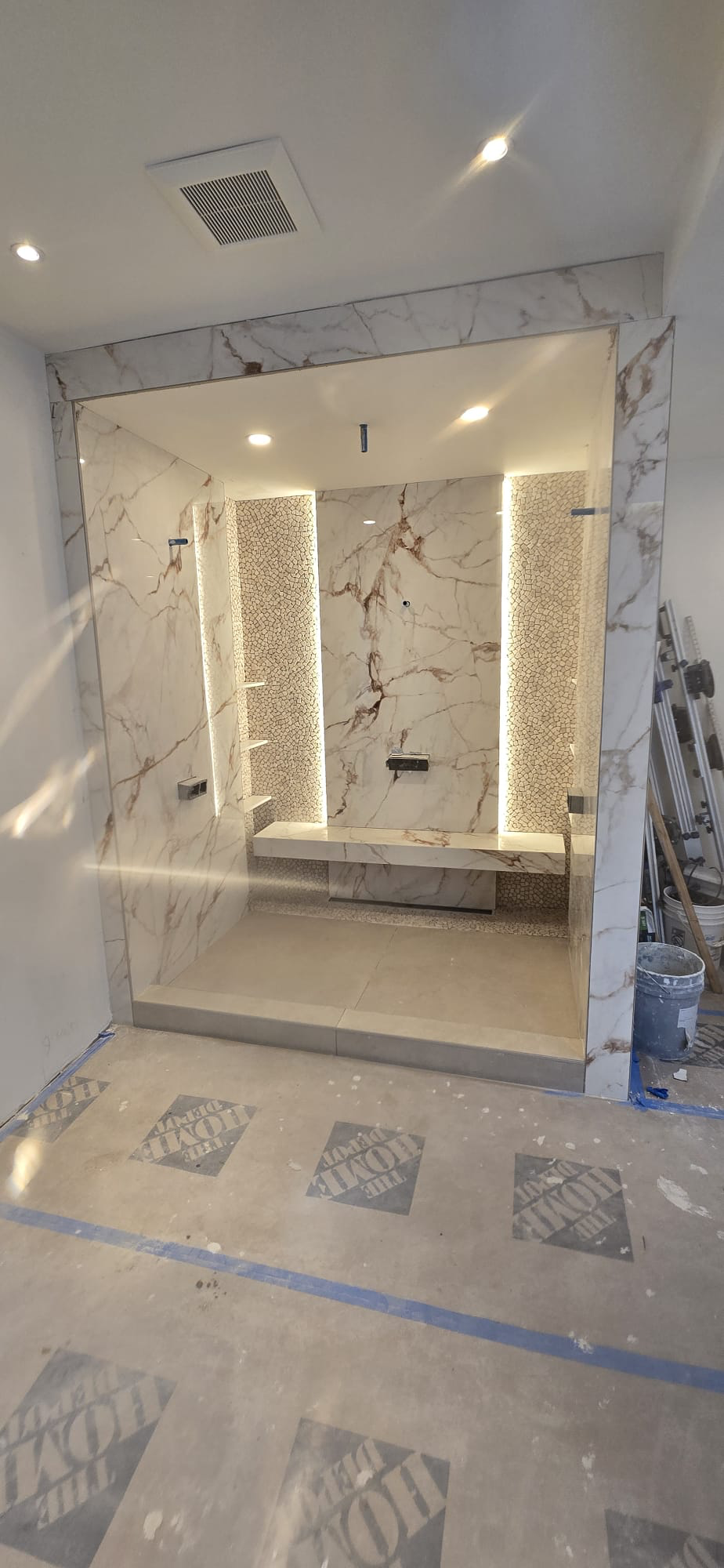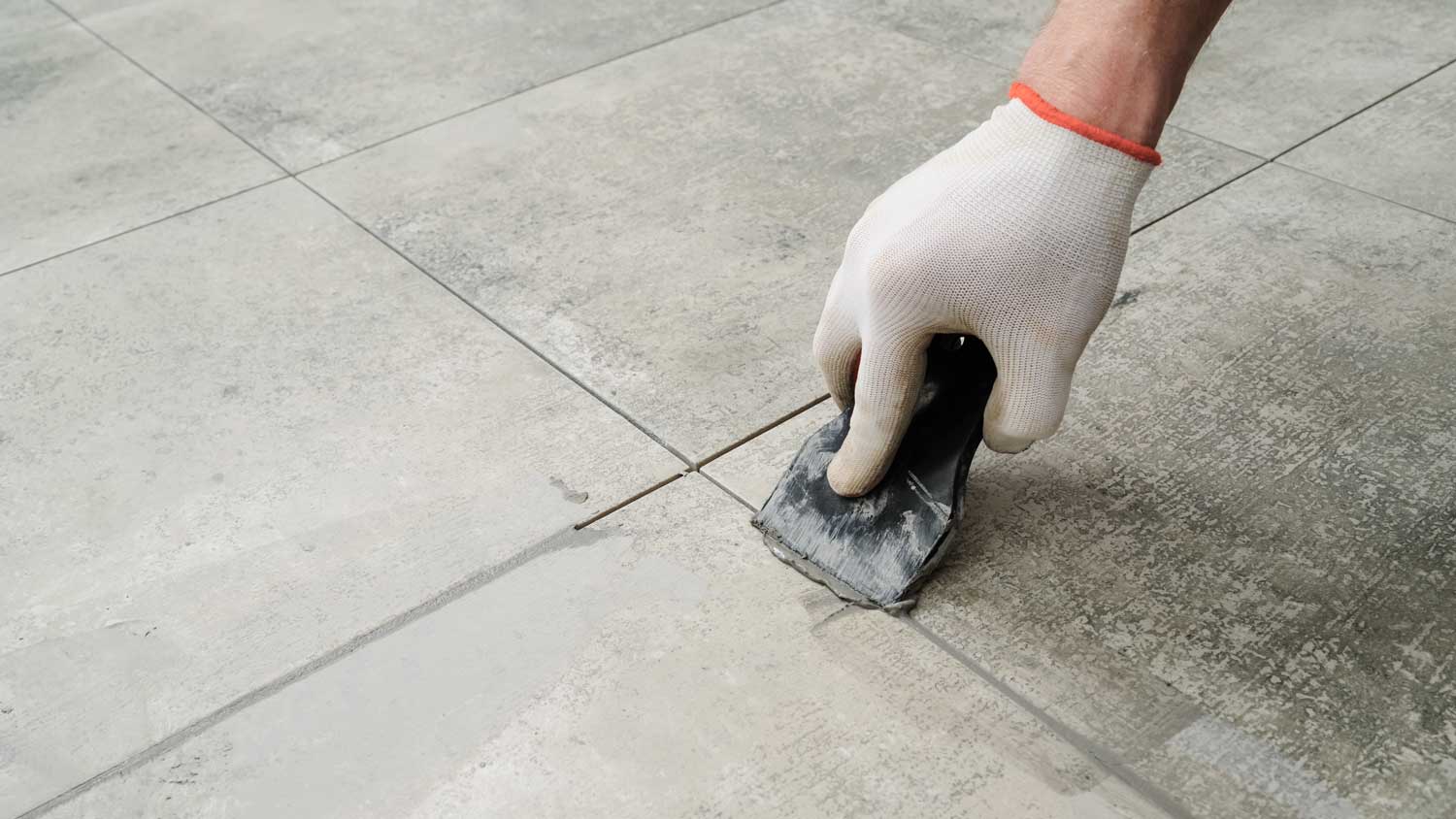
TAOZEN FLOORING - Taozen Services
TAOZEN FLOORING - Taozen Services
Taozen Floors Services has served homes and businesses throughout the New England region for over a decade. Our emphasis on excellence and commitment to providing flooring services of the highest quality has made us one of the most sought after flooring companies. Our team of flooring specialists carry out every project with meticulous detail to ensure that you get the best-looking floors possible. We offer a wide range of services including professional floors installation, floors sanding, staining, and refinishing of all types of hardwood floors. As a member of the Better Business Bureau and National Wood Flooring Association, Taozen Floors Services is committed to maintaining the highest standards of excellence in the wood floor products we sell and the flooring services we provide. The satisfaction of our customers is our paramount goal. Our mission is to provide our customers with an experience that will last a lifetime through the highest standards of hardwood floor products, unbeatable pricing, and unmatched service.
"Tao was amazing! His knowledge of the product and process was excellent. Any time I had a question, Tao was quick to answer my call or text. As for the installers, both Manny and Kenny showed up promptly every morning and worked diligently. They were both respectful to our needs and made a very disruptive activity very accommodating! I would highly recommend them for hardwood floor installation and would have them do additional work for me."
Tom D on November 2022
Taozen Floors Services has served homes and businesses throughout the New England region for over a decade. Our emphasis on excellence and commitment to providing flooring services of the highest quality has made us one of the most sought after flooring companies. Our team of flooring specialists carry out every project with meticulous detail to ensure that you get the best-looking floors possible. We offer a wide range of services including professional floors installation, floors sanding, staining, and refinishing of all types of hardwood floors. As a member of the Better Business Bureau and National Wood Flooring Association, Taozen Floors Services is committed to maintaining the highest standards of excellence in the wood floor products we sell and the flooring services we provide. The satisfaction of our customers is our paramount goal. Our mission is to provide our customers with an experience that will last a lifetime through the highest standards of hardwood floor products, unbeatable pricing, and unmatched service.
"Tao was amazing! His knowledge of the product and process was excellent. Any time I had a question, Tao was quick to answer my call or text. As for the installers, both Manny and Kenny showed up promptly every morning and worked diligently. They were both respectful to our needs and made a very disruptive activity very accommodating! I would highly recommend them for hardwood floor installation and would have them do additional work for me."
Tom D on November 2022
















